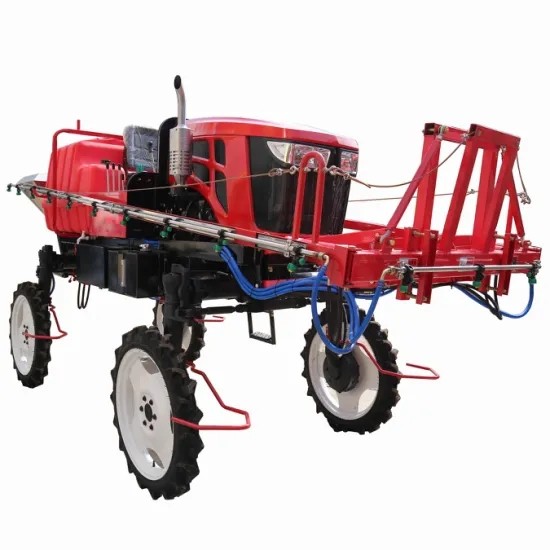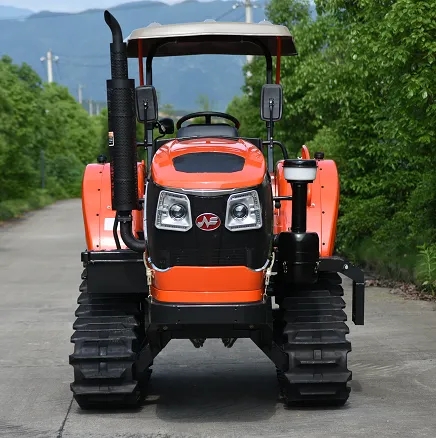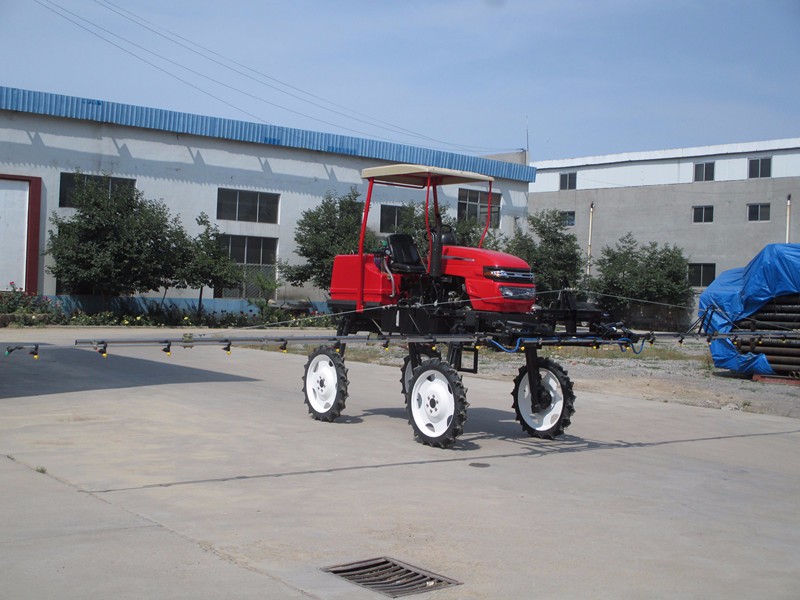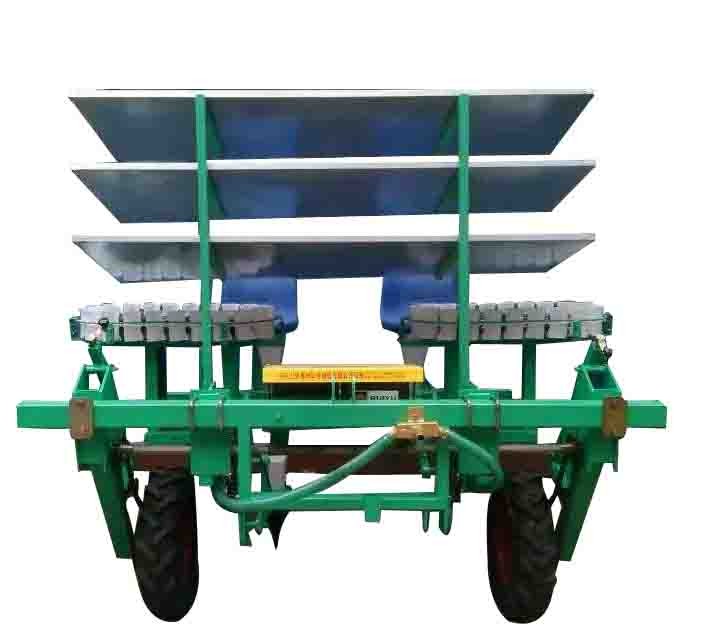
What is the principle of a medicine dispenser?
Release time:2023-08-10 Click:688
The pesticide applicator is an agricultural machinery that disperses liquids and is a type of agricultural pesticide application machinery. The plant protection machinery in agricultural machinery belongs to portable agricultural machinery. Also known as high stem crop sprayer or field shower sprayer. So what is the principle of a medicine applicator?
Picture of the dispensing machine
The self-propelled spray bar sprayer uses diesel as fuel, but it is powered by a pulse jet engine. The gasoline combustion in the combustion chamber produces a high temperature and high-speed jet flow. The liquid medicine is fumigated or atomized and then sprayed out to form smoke or water mist from the nozzle mouth of the combustion chamber. The droplet particles are very fine and uniform. The ultra-low volume spray method has small droplets, good floating and diffusion effects, strong penetrability, and spray has no dead corners, Therefore, the consumption of liquid medicine in the smoke machine is very economical. The smoke machine has no moving rotating friction components and does not require lubricating oil.
The valve body of the rice self-propelled pesticide applicator contains a nozzle and an electromagnetic valve. When the sensor detects the presence of grass by testing leaf pigments, it controls the nozzle to aim at the target and spray herbicide. At present, the target can only be detected on the ground, and the number of sensors can be determined as needed to form a spraying system for spraying herbicides on the inter row berms, ditch sides, and both sides of roads in orchards. According to the introduction, using this system can save medication by 60% to 80%.
The principle of the pesticide applicator is roughly described above. Currently, the pesticide applicator is widely used for disease and pest control in forests, nurseries, orchards, and tea gardens, as well as in large fields such as cotton, wheat, rice, corn, and large grasslands. It is also widely used for plant disease and pest control in urban and suburban gardens, vegetable gardens, and greenhouses.
Hot products

3wpz-700s Agricultural Self Propelled Boom Sprayer with High Clearance for Insecticide and Fertilization

Crawler tractor

Self Propelled Boom Sprayer

Vegetable tomato Transplanter
Tel:+86-15095208459
E-mail:yanyuqiang1216@163.com
